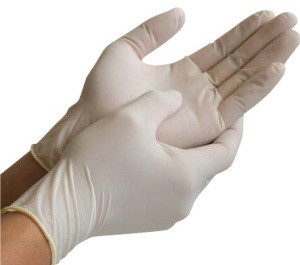 Forget the tricks, its all about the treats but these treats don’t always have to be so sweet. Part of getting over the holiday hump is resisting all of those sugary snacks. We need real solutions to stopping those sticky fingers in the candy bowl or reaching for a second helping of pumpkin pie. Here are some easy tips to get you through those difficult times and onto enjoying a real meal.
Forget the tricks, its all about the treats but these treats don’t always have to be so sweet. Part of getting over the holiday hump is resisting all of those sugary snacks. We need real solutions to stopping those sticky fingers in the candy bowl or reaching for a second helping of pumpkin pie. Here are some easy tips to get you through those difficult times and onto enjoying a real meal.
Stop the Sugar Takeover
- Eat Breakfast – eating a hearty breakfast in the morning full of protein can stop those sugar cravings throughout the day. A good breakfast keeps you fuller longer so that you avoid the daily sugary snack between meals. The protein also helps to reduce the sugar cravings in your body.
- Substitute your Drinks – Instead of sugary sodas, juices and sports drinks, provide filtered water for your children. These sweet treats are packed with sugar causing your body to crave more, substituting these drinks it is also one of the easiest ways to reduce the sugar intake for your children each day.
- Avoid canned food – canned vegetables are packed in salt water that can increase the sodium levels in your body causing your to bloat. Canned fruit is usually packed in a sugary syrup that takes away any nutrients from the food and only adds to the increased sugar levels in the body.
- Cook with your kids- cooking with the whole family makes it easier to avoid fast food and salty and sugary boxed meals. You have more creativity to change up meals and add fresh vegetables and fruits to each dish.
- Avoid artificial sweeteners – these fake sweets may seem like a good idea but in the end they actually make your body crave more sugar causing you to reach for the cake or candy after breakfast or dinner.
These changes are not huge but over time they can add up to a big difference in your bodies energy and mental alertness. It is just the beginning of the holiday season so be sure to watch those extra side dishes and super creamy and colorful desserts. Choose foods that will keep you fuller for longer and avoid the momentary satisfaction of a chocolate bar. Happy Holidays and Good Eats!
*freedigitalphotos.net











